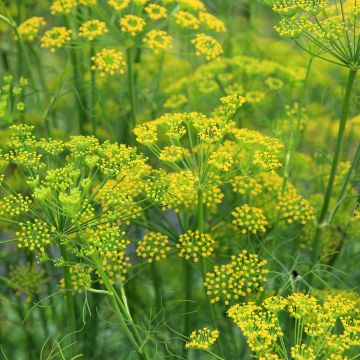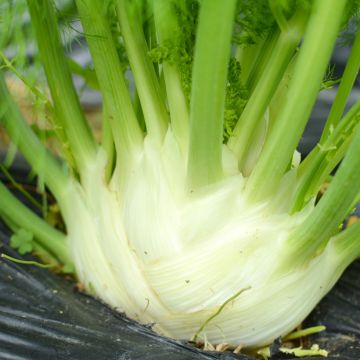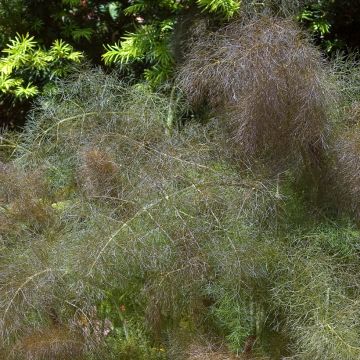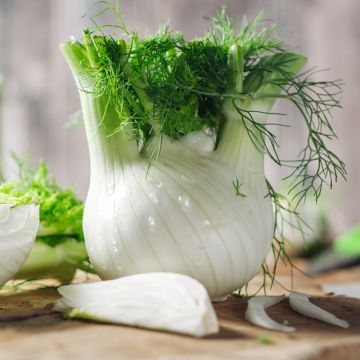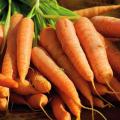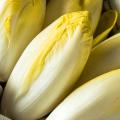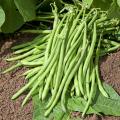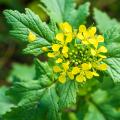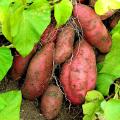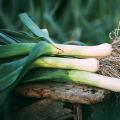Fennel
Would this plant suit my garden? Set up your Plantfit profile →
Available in 1 sizes
Available in 1 sizes
Available in 1 sizes
Available in 2 sizes
Available in 1 sizes
Available in 1 sizes
Available in 1 sizes
Available in 1 sizes
Available in 1 sizes
Available in 1 sizes
Available in 1 sizes
Available in 1 sizes
Available in 1 sizes
Available in 1 sizes
Available in 1 sizes
The Fennel - Foeniculum vulgare or officinalis - of the Apiaceae family, formerly known as Umbelliferae, is cultivated for its pearly white bulb - especially the Florence Fennel - which consists of a series of interlocking stalks. Its beautiful colour is due to early earthing-up. In the vegetable garden, it is rather sensitive to cold and proves to be a bad neighbour: it only gets along with celery. This vegetable with an anise flavour can be eaten raw or cooked. Its finely chopped foliage also wonderfully accompanies fish dishes in the same way as its cousin, dill. Fennel is reputed to have digestive and hypotensive properties.
Haven't found what you were looking for?




































